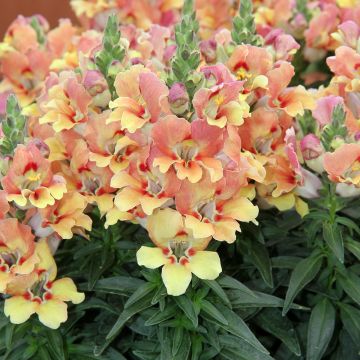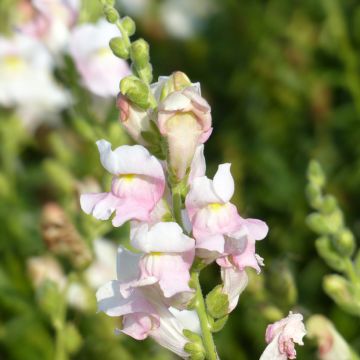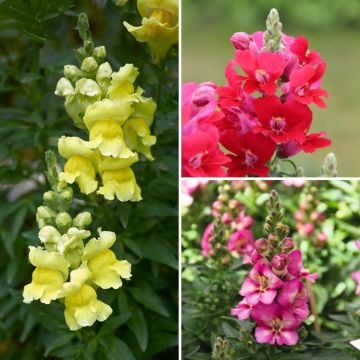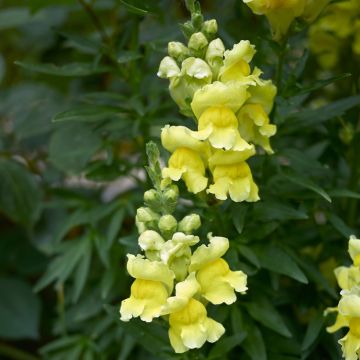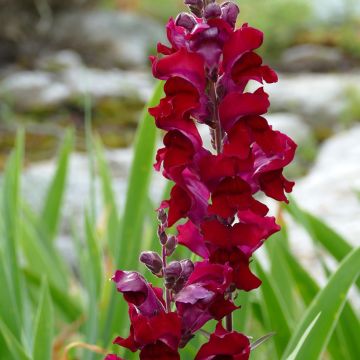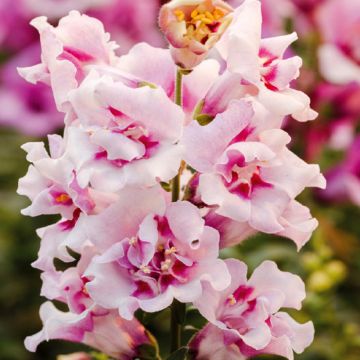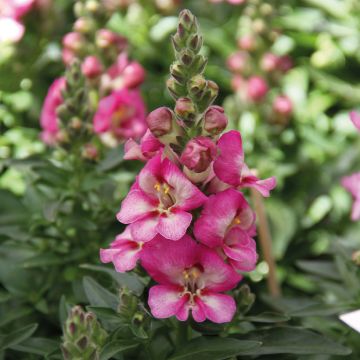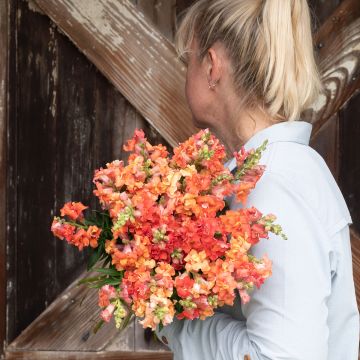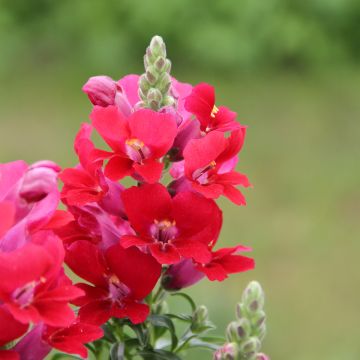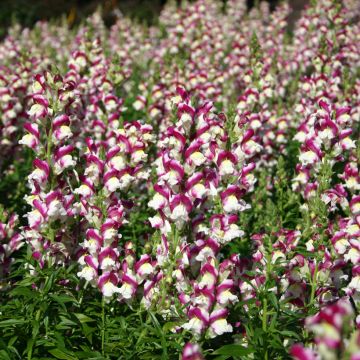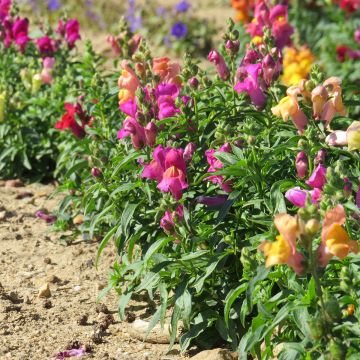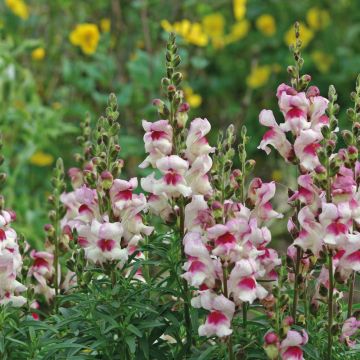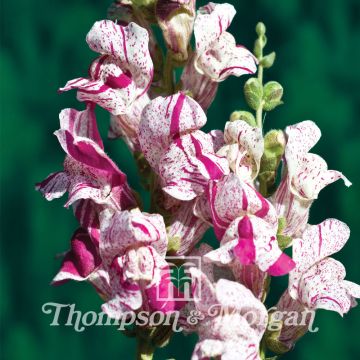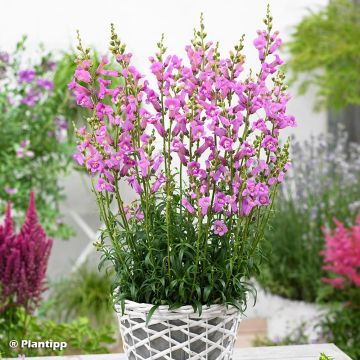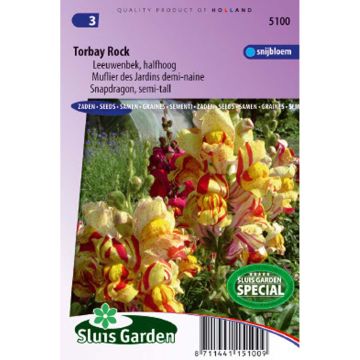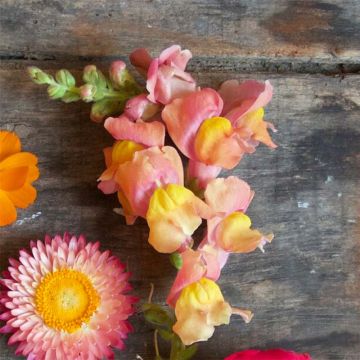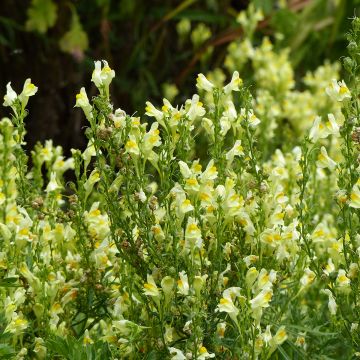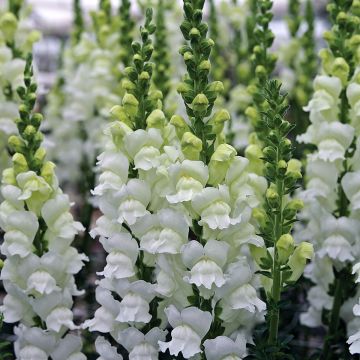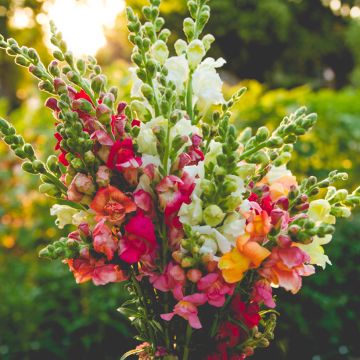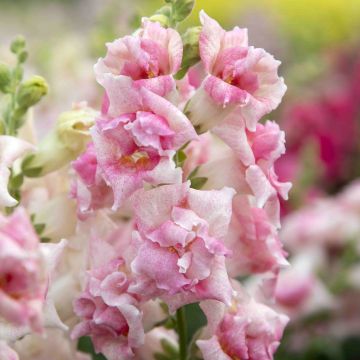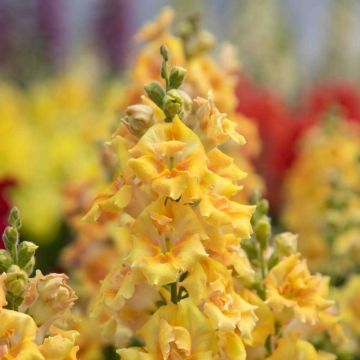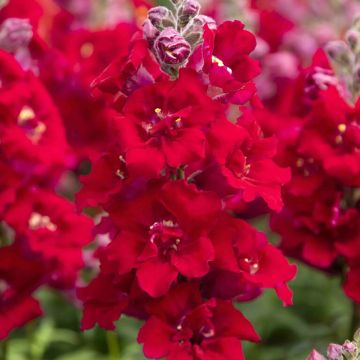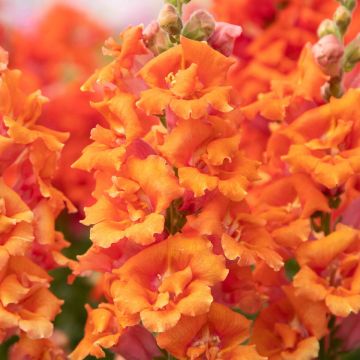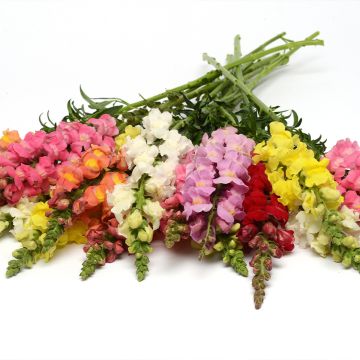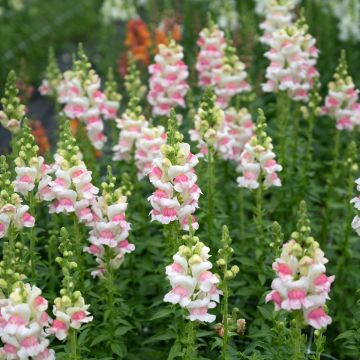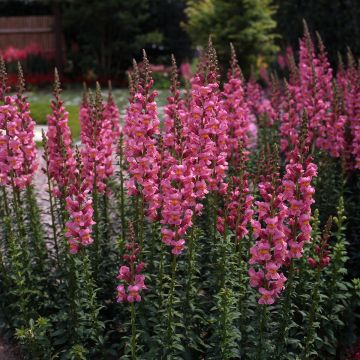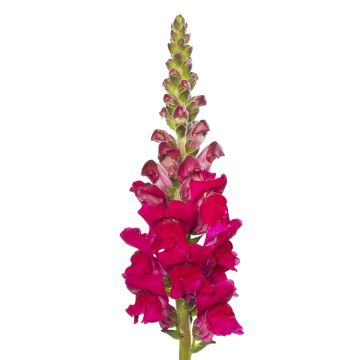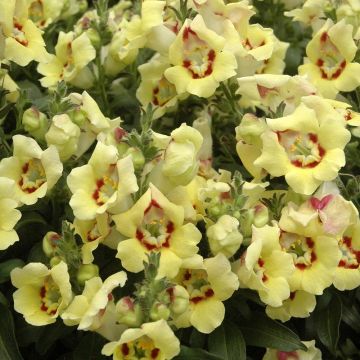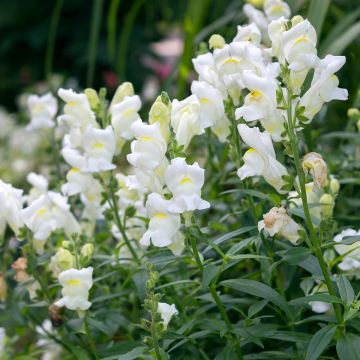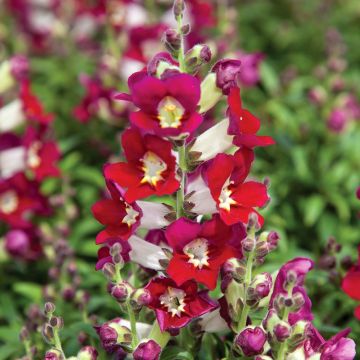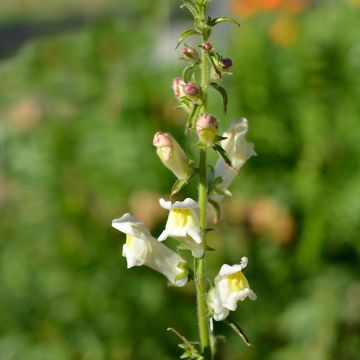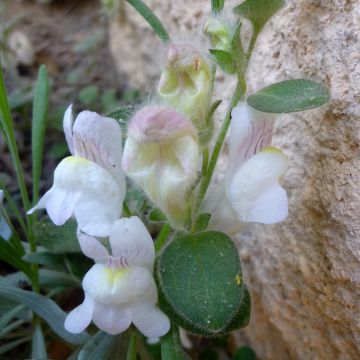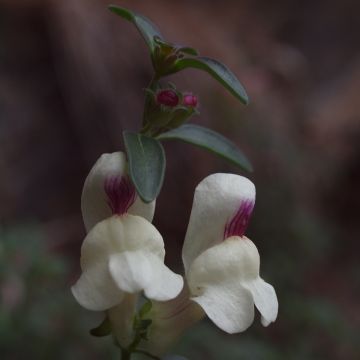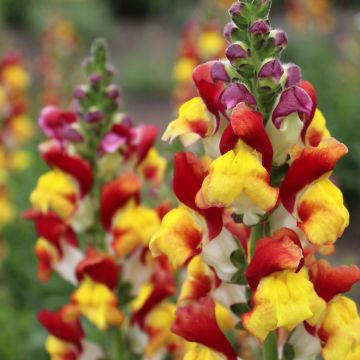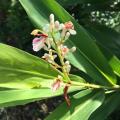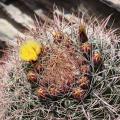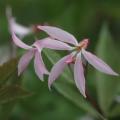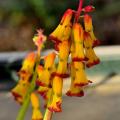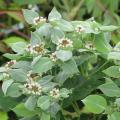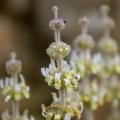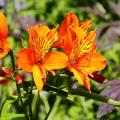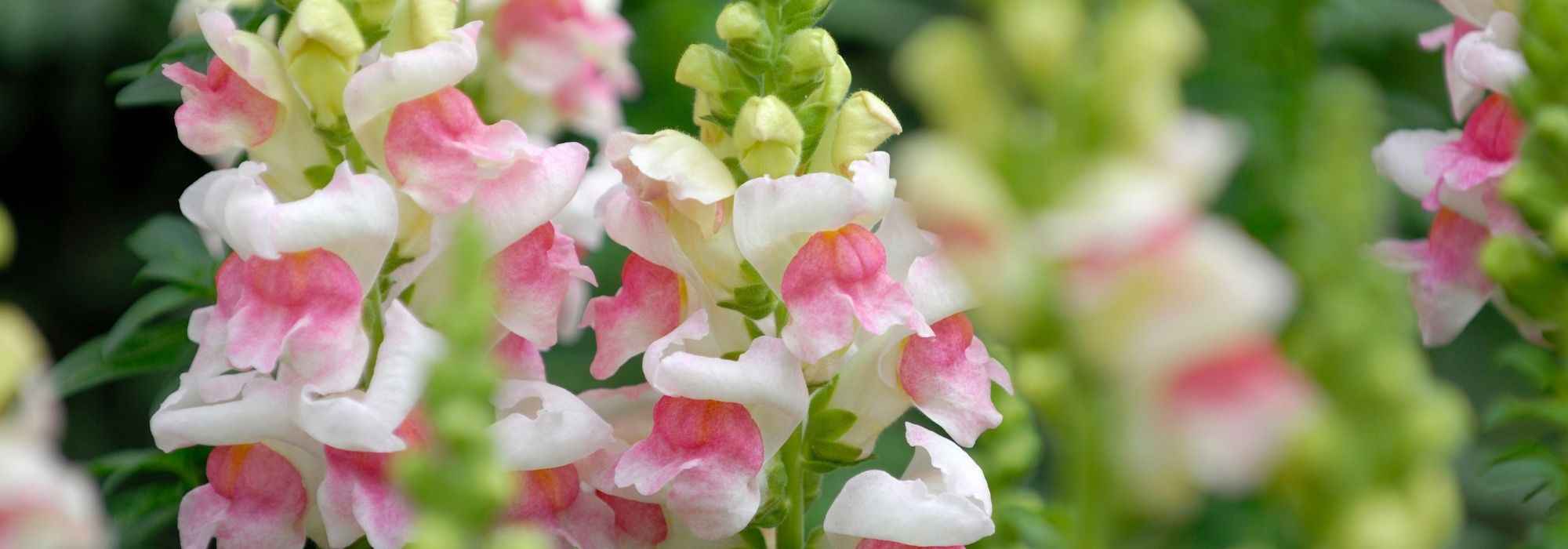Antirrhinum - Snapdragon
Would this plant suit my garden? Set up your Plantfit profile →
Available in 1 sizes
Available in 1 sizes
Available in 0 sizes
Available in 1 sizes
Available in 1 sizes
Available in 1 sizes
Available in 1 sizes
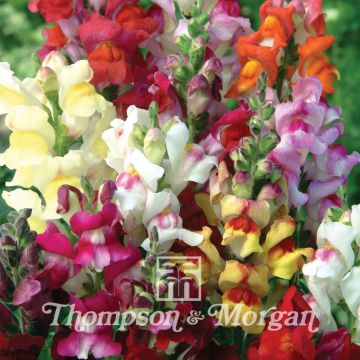
Available in 1 sizes
Available in 1 sizes
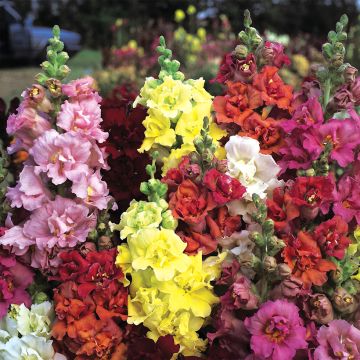
Available in 1 sizes
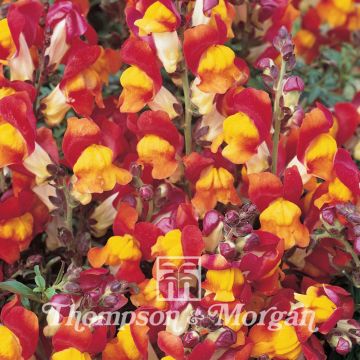
Available in 1 sizes
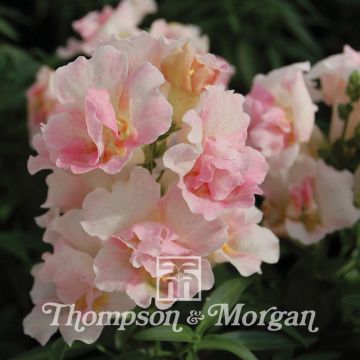
Available in 1 sizes
Available in 1 sizes

Available in 1 sizes
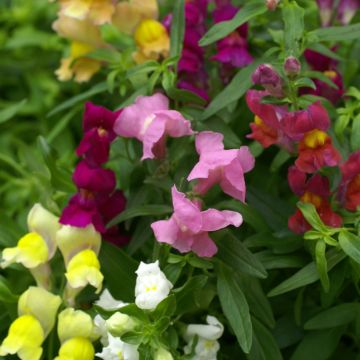
Available in 1 sizes
Available in 1 sizes
Available in 1 sizes
Available in 1 sizes
Available in 1 sizes
Available in 1 sizes
Available in 2 sizes

Available in 1 sizes
Available in 1 sizes
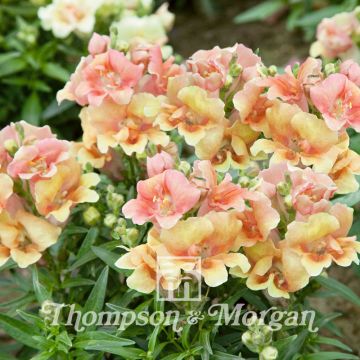
Available in 1 sizes
Available in 1 sizes
Available in 1 sizes
Available in 1 sizes
Available in 1 sizes

Available in 1 sizes
Available in 1 sizes
Available in 1 sizes
Available in 1 sizes
Available in 1 sizes
Available in 1 sizes
Available in 1 sizes
Available in 1 sizes
Available in 1 sizes
Available in 1 sizes
Available in 1 sizes
Available in 1 sizes
Available in 1 sizes

Available in 1 sizes
Available in 1 sizes
Available in 1 sizes
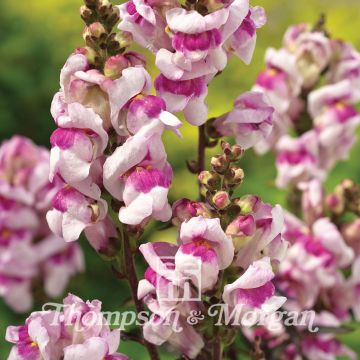
Available in 1 sizes
Available in 1 sizes
Available in 1 sizes
Available in 1 sizes
The Antirrhinum, well known to gardeners as the Antirrhinum majus, are also called snapdragons due to the vague resemblance of their flowers to a dragon's snout. They are plants from the Scrophulariaceae family. Depending on the species, they can be perennial, biennial, or annual, easy to grow in well-drained soil and the sun, and often spontaneously self-seed in light soil. Their flowering displays all the colours of the rainbow, except for blue: from pure white to almost black, passing through all shades of yellow, orange, pink, red, and even almost purple. Snapdragons, mainly native to the western Mediterranean, will be more perennial in very sunny situations and planted in poor, cool to dry soils, even limestone, in summer. They pair with all plants in the garden and bring a touch of lushness to dry slopes, rockeries, terraces or even stone walls abandoned by other plants.
Haven't found what you were looking for?







































